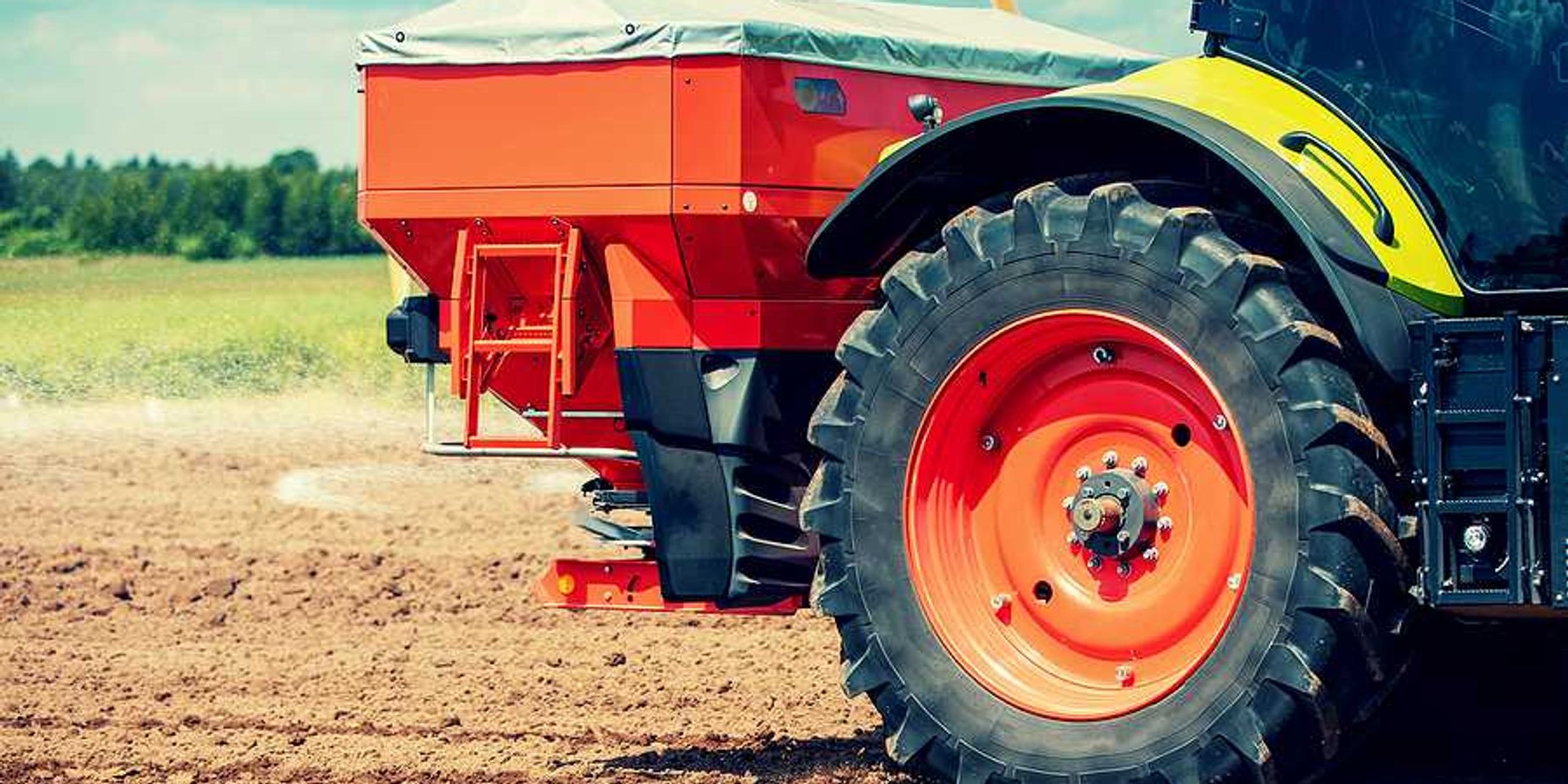Wildfires in the US grow larger due to climate change
In a recent tragedy in Texas, a brush fire, exacerbated by climate change, claimed lives and property, reflecting a broader trend of increasing wildfire sizes across the US.
Dinah Voyles Pulver reports for USA TODAY.
In short:
- The Smokehouse Creek fire in Texas rapidly expanded to 850,000 acres, fueled by high winds and dry conditions, leading to loss of life, livestock and property.
- Despite a decrease in the number of yearly wildfires, the average acreage burned has risen by nearly 50% over the past two decades, challenging firefighters and communities.
- Experts attribute the growing size and danger of wildfires to climate change, urban expansion into wildlands and land management issues.
Key quote:
“People aren't even facing what's reality right this moment in terms of wildfire. There’s so much denial.”
— Michele Steinberg, wildfire division director at the National Fire Protection Association
Why this matters:
Forests, grasslands and other ecosystems stressed by increasing heat and water scarcity are becoming more susceptible to fires. These conditions, coupled with an abundance of dry vegetation, act as fuel for the flames, enabling fires to spread faster and farther than before.
In 2021, EHN talked to California vets who cared for wildfire-impacted animals.













